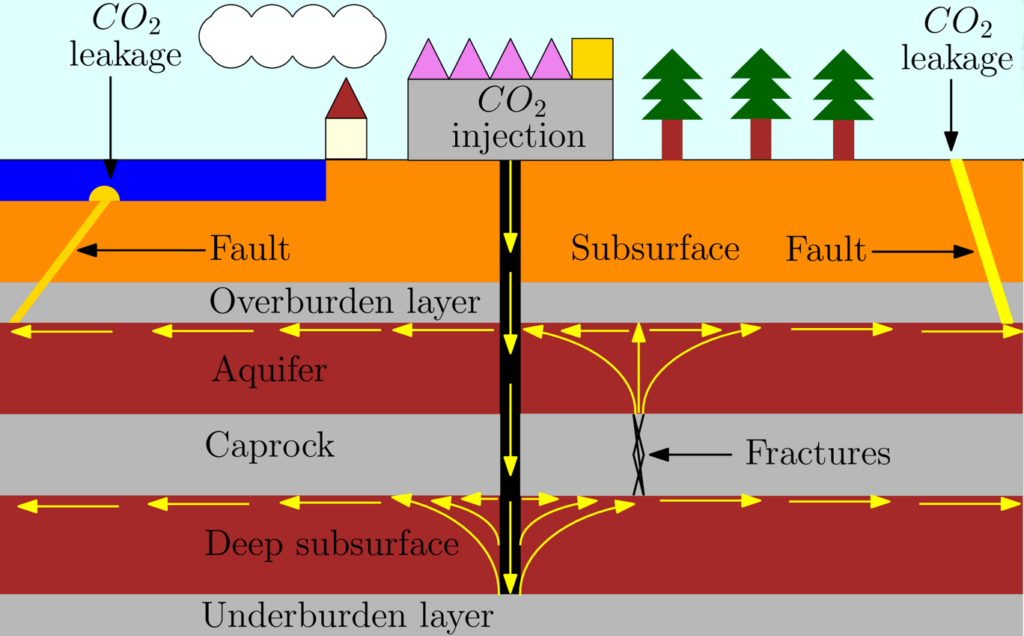
21.02.2022
Bacteria shown to help in ensuring safe carbon storage
When storing CO2 deep underground, we need to be certain that this greenhouse gas stays put. Researchers at NORCE have shown that bacteria can lead to the formation of solid precipitates that block off potential points of leakage. These results will be useful for the development of future storage sites.
Bacteria seals
Svenn Tveit, project manager at NORCE, has led a team of researchers who have been studying a unique concept that would result in secure carbon storage deep under the earth. Large-scale, high-pressure CO2 injection into geological formations can create fractures that allow the CO2 to find its way back to the surface. In order to prevent this, special bacteria can be employed that produce a solid compound, which seals the fractures. Tveit and his team have studied this phenomenon in a CLIMIT-financed R&D project.
It is well-known that certain bacteria can produce calcite, a solid and non-porous compound. Tveit and his colleagues have studied how this mechanism can be exploited at carbon storage sites.
‘Our conclusion is that bacterial calcite precipitation can ensure secure carbon storage. The predictability of this technology requires accurate simulation models; however, this is something we’ve developed during the project,’ says Tveit.
The image below illustrates how CO2 stored deep underground can move through fractures and potentially end up either in the ocean or the atmosphere. The important thing is to seal the fractures so that CO2 cannot escape.

CO2 is stored in the deep subsurface layer. Sealed caprocks will prevent CO2 from escaping from the storage site, but CO2 can still move through faults and fractures. Illustration: NORCE
Promising injection strategies for effective calcite precipitation
During the project, Tveit found evidence that bacteria can be cultivated to produce a biofilm that covers fractures in the rock. This can then produce calcite precipitation, which will completely seal the fracture as shown in the illustration below.

In porous rocks, there is empty space where water or CO2 can travel freely. Bacteria can act as biofilm which produces calcite precipitate. This seals the fractures so that CO2 cannot escape from the storage site. Illustration: NORCE.
This method is called microbially induced calcite precipitation, and, to get it to work, it is important to develop a strategy to inject microbes and other components that will allow the top of the formation to be sealed, while still allowing CO2 to be injected further below.
Current models need to be scaled up to tackle these problems. It is well-known that, if improperly scaled-up, using bacterial and chemical reactions in underground flow models can lead to major errors.
‘Over the project, we developed models for upscaling and established promising injection strategies for efficient calcite precipitation,’ underscores Tveit.
Their mathematic model has been implemented in an open-source simulator called OPM Flow so that it can be used and further developed in academic and industrial environments.
A significant number of carbon storage sites are needed to achieve international climate goals. These new results on calcite precipitation will be extremely useful for those businesses that will go on to develop and operate all these storage sites.
Key data about the project
Title: MICAP – Efficient models for Microbially Induced Calcite Precipitation as a seal for CO2 storage
Project number: 268390
Partners: NORCE (project owner), University of Bergen, University of Stuttgart, Tufts University, Wintershall AS
Project period: 2017-2021
Budget: NOK 9 million. Funded in its entirety by the Research Council of Norway
